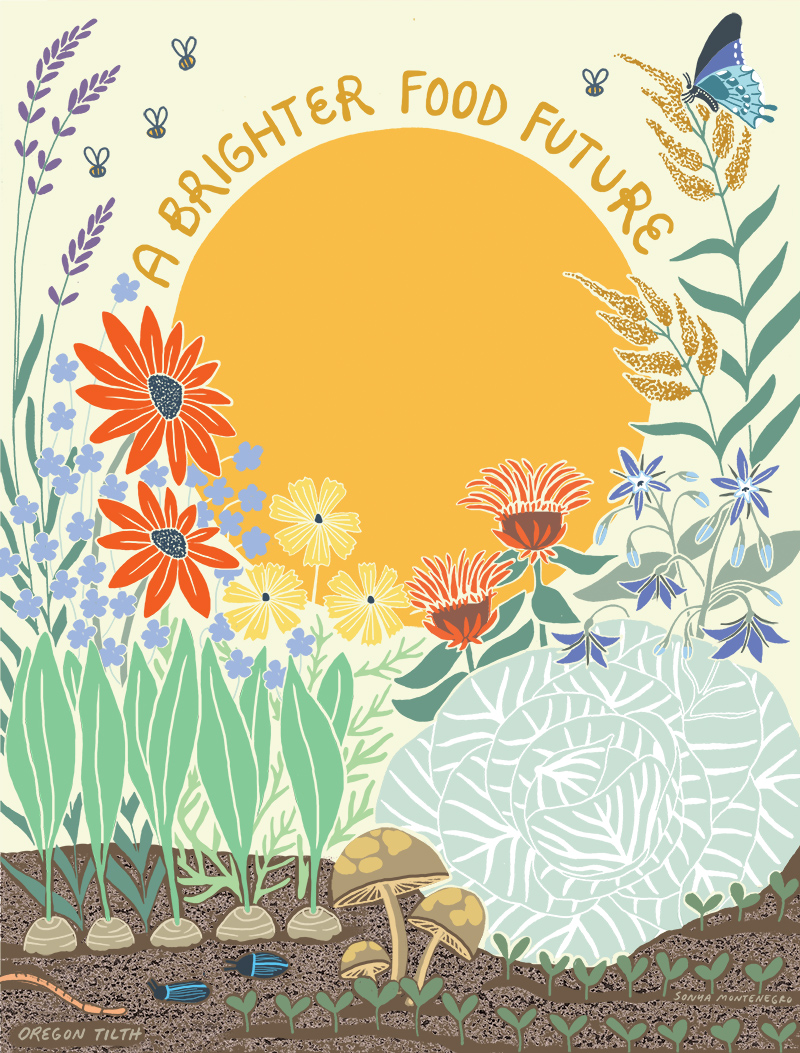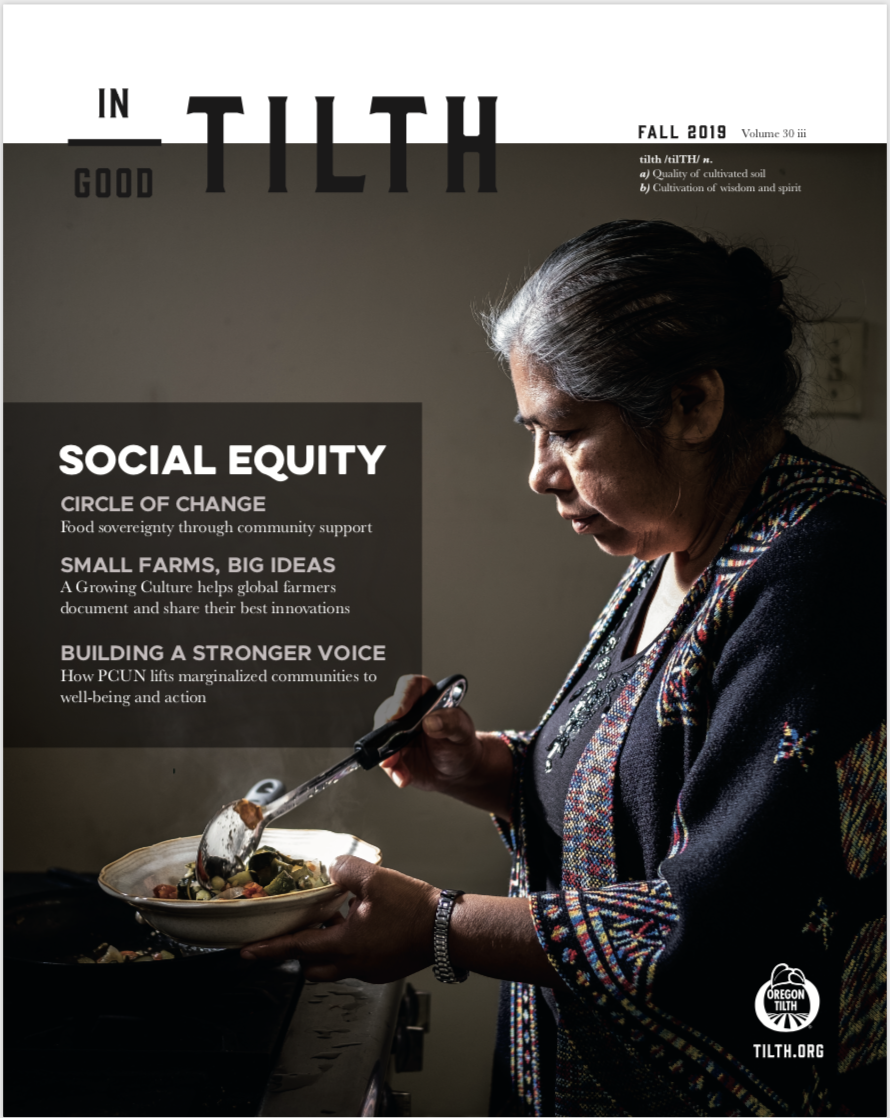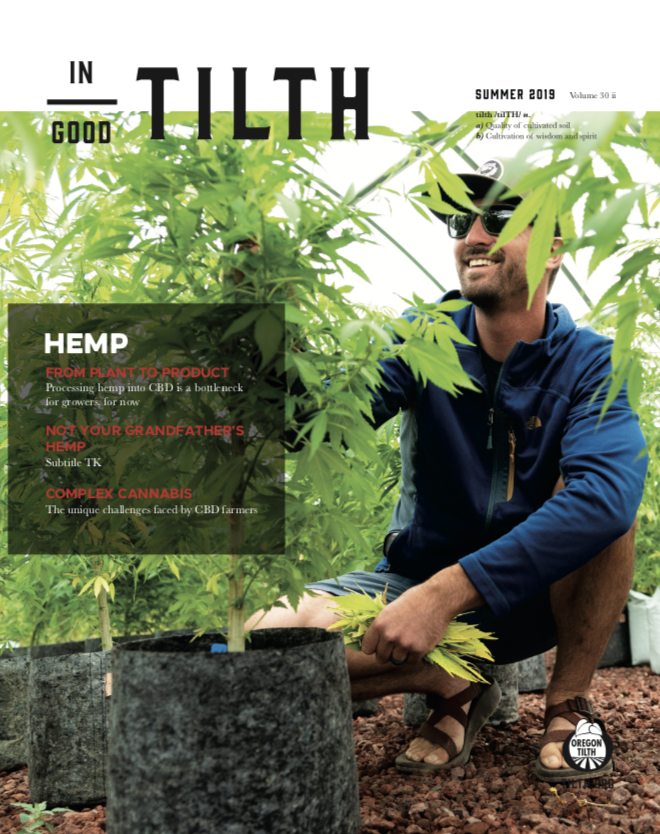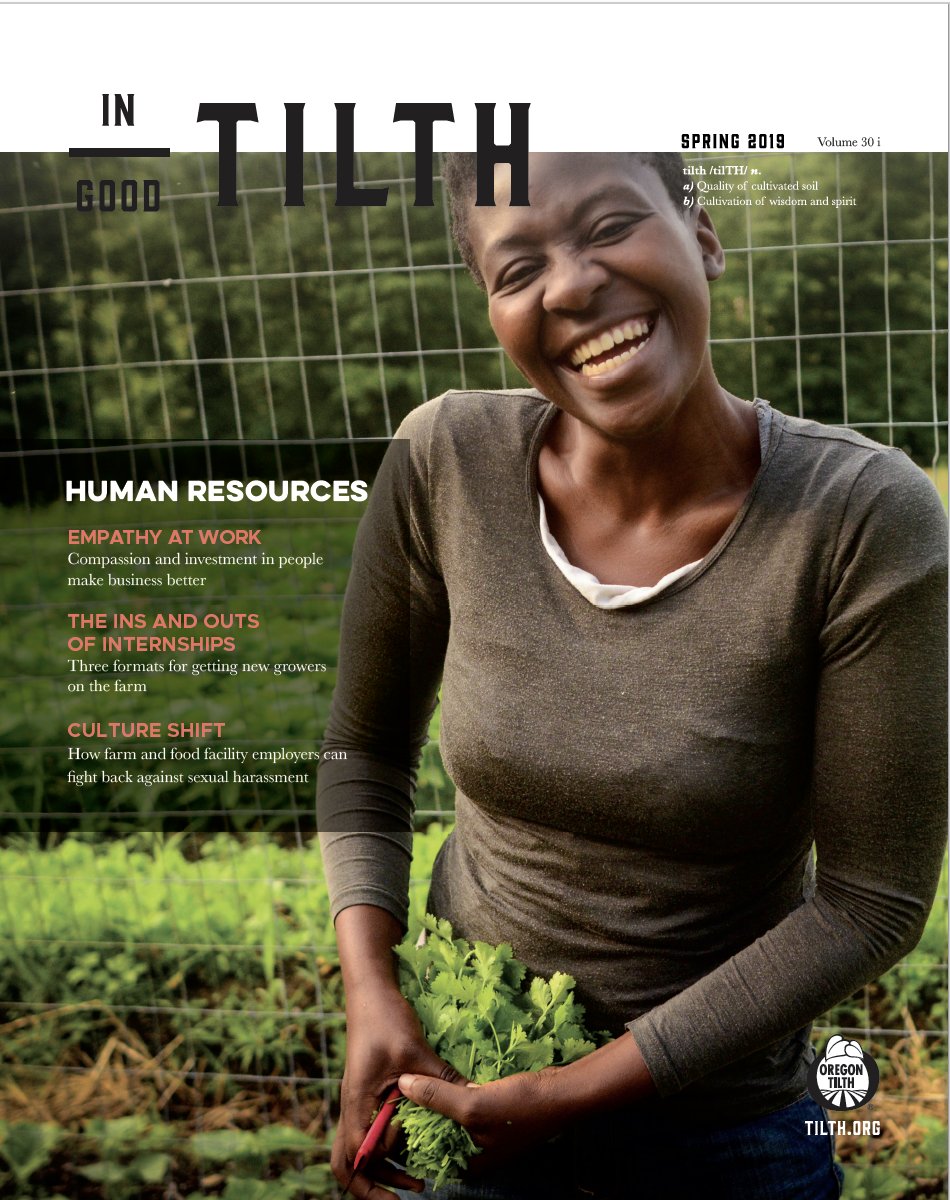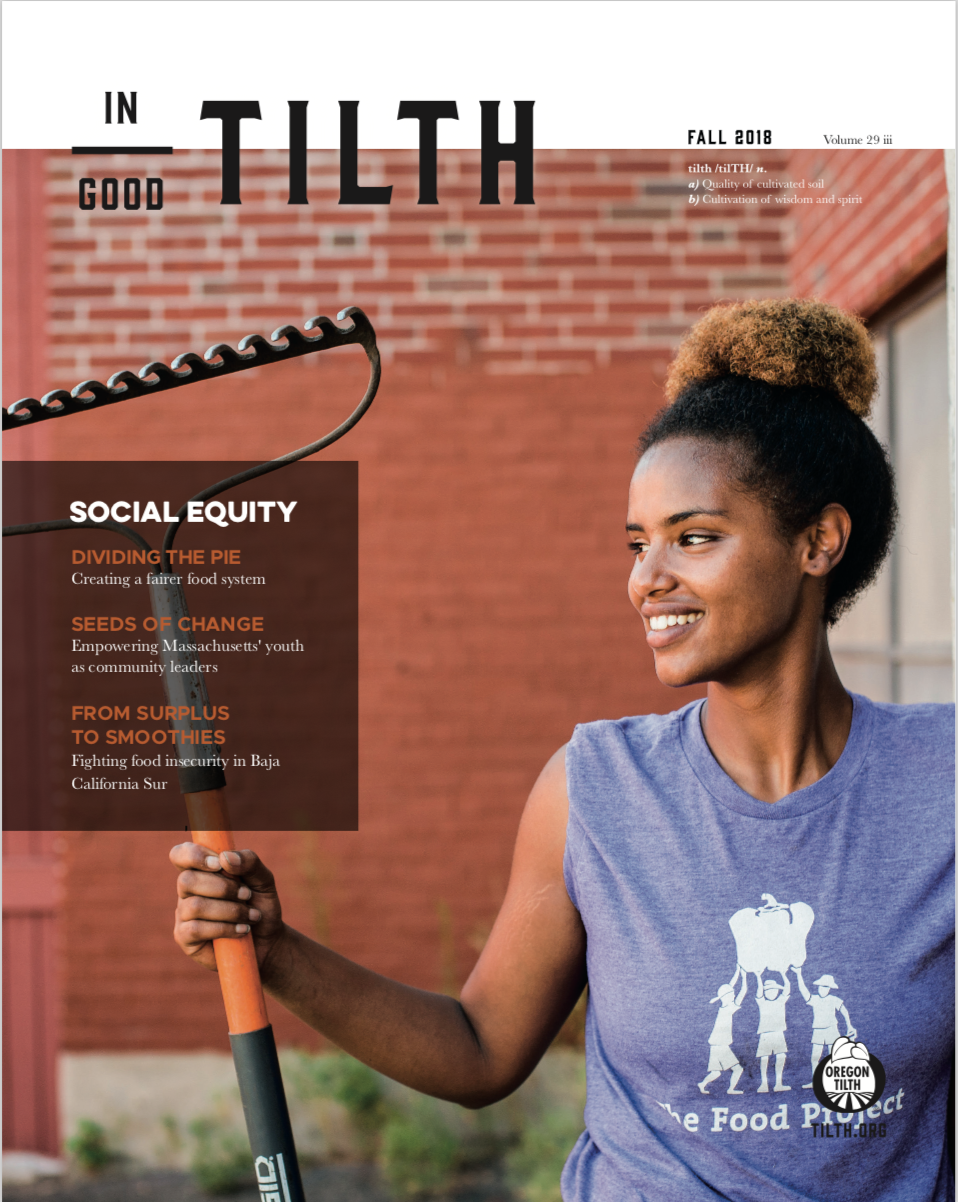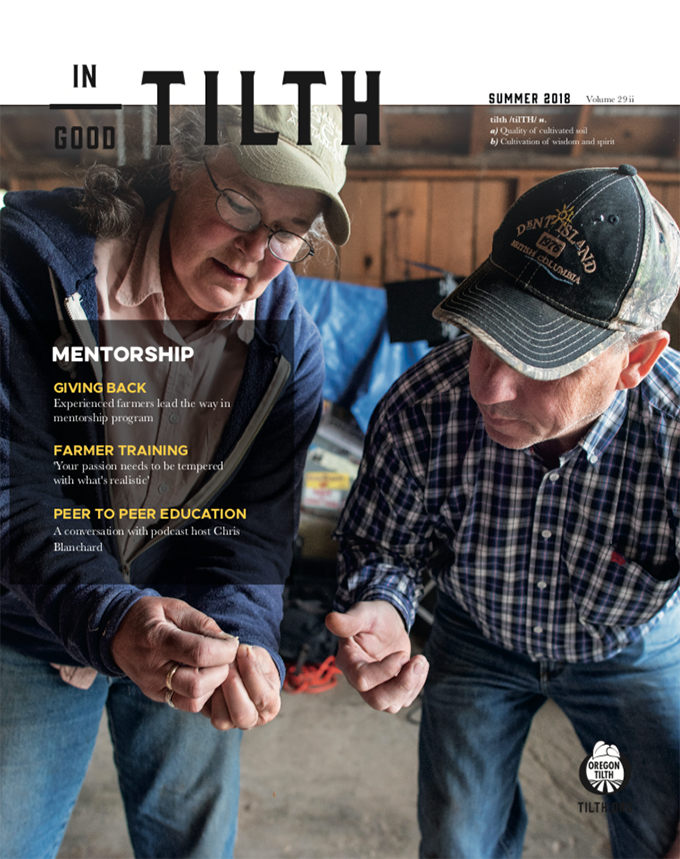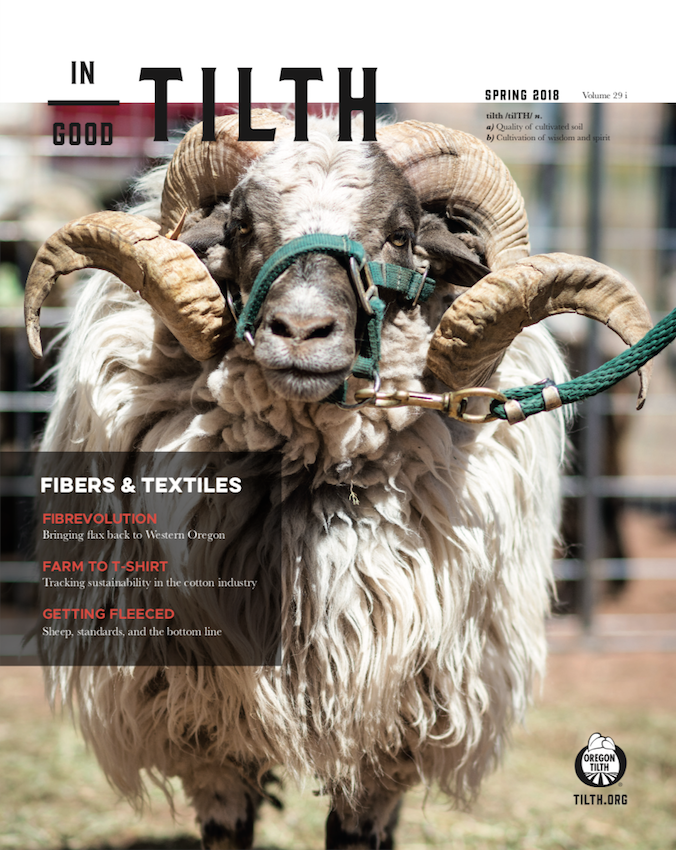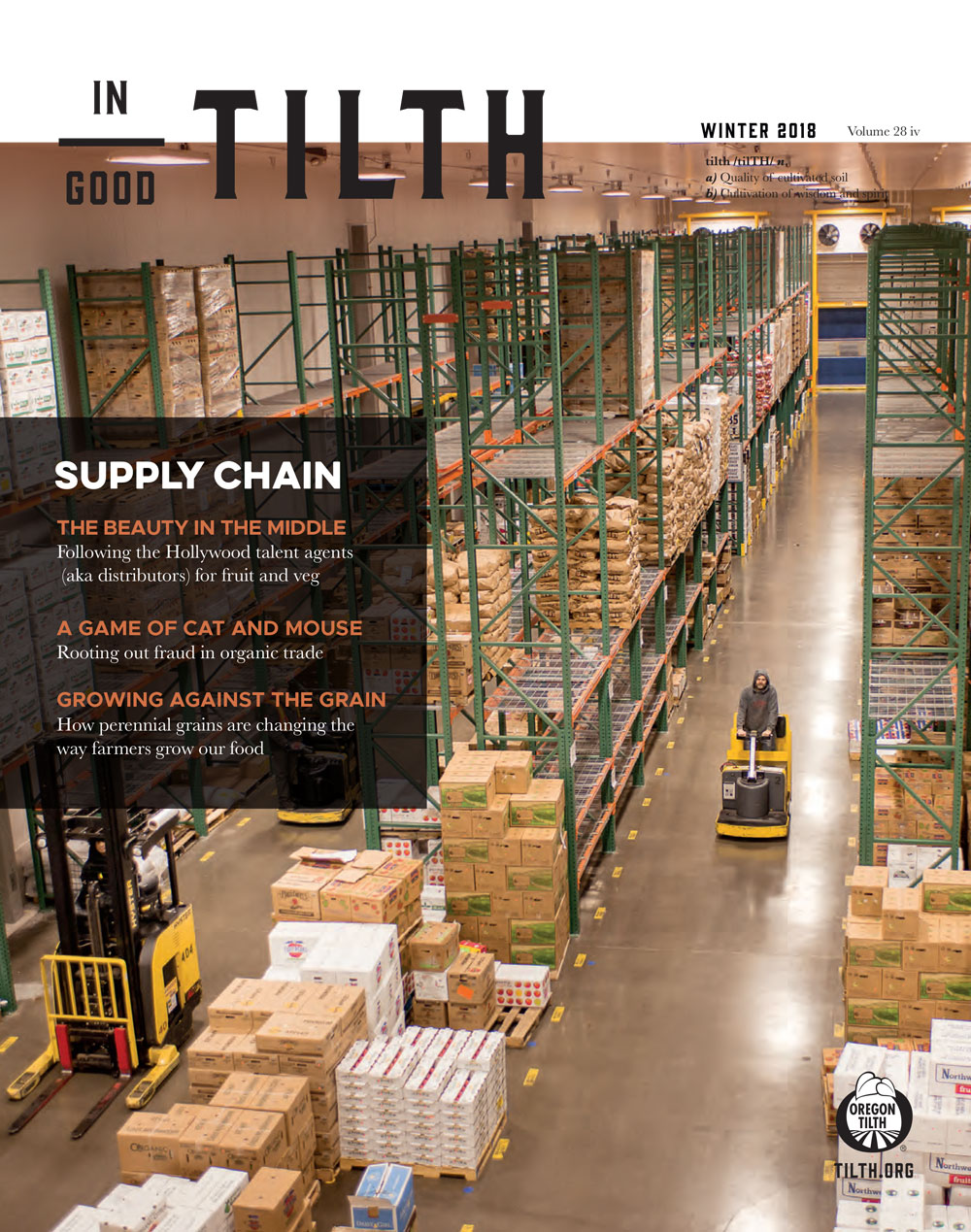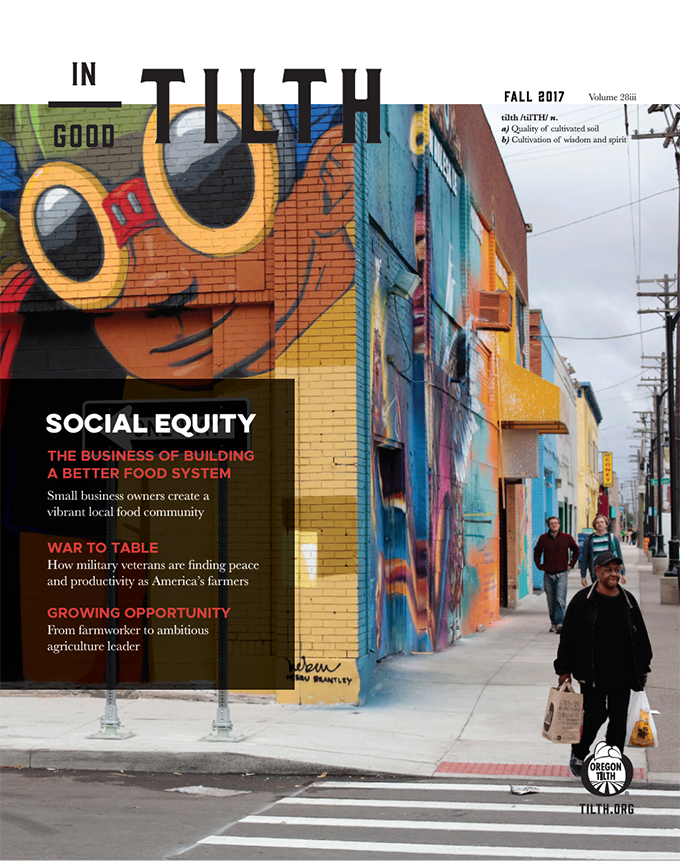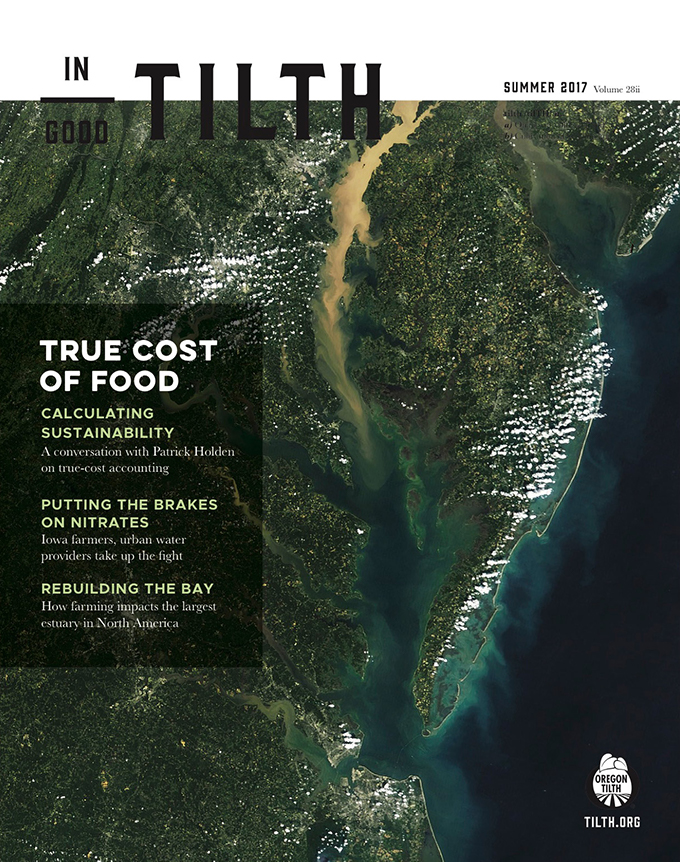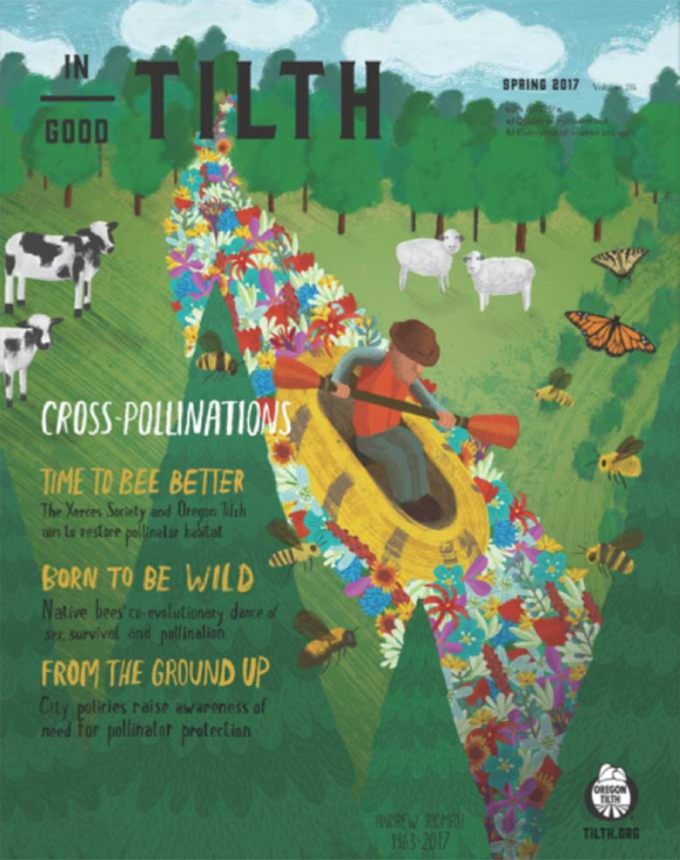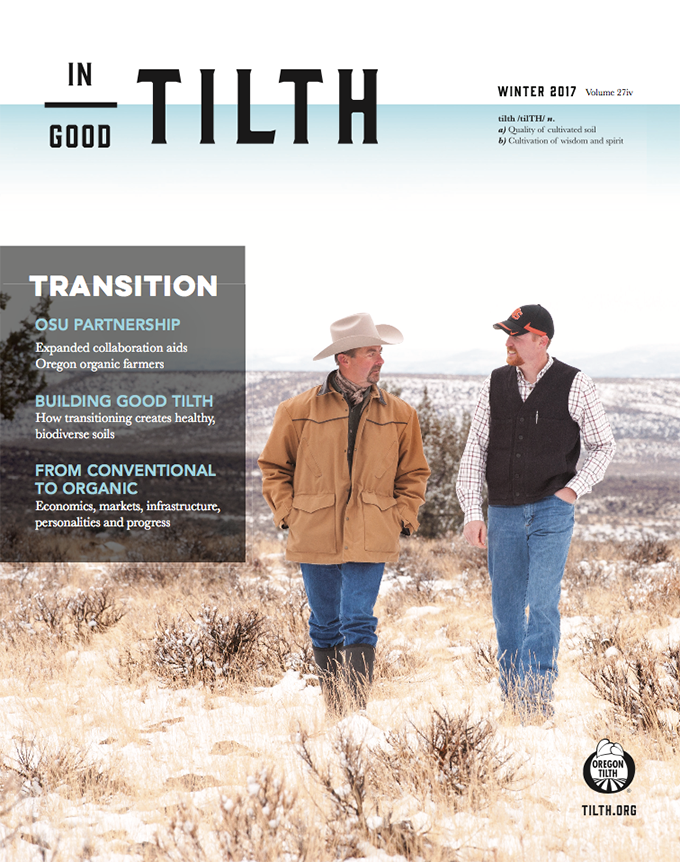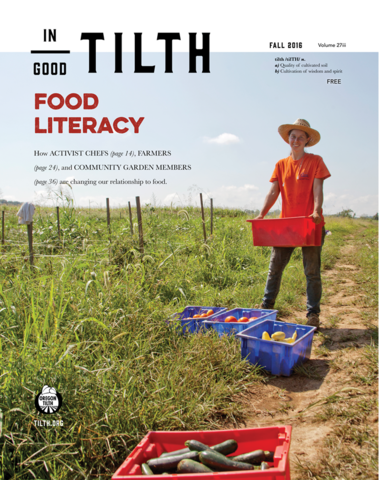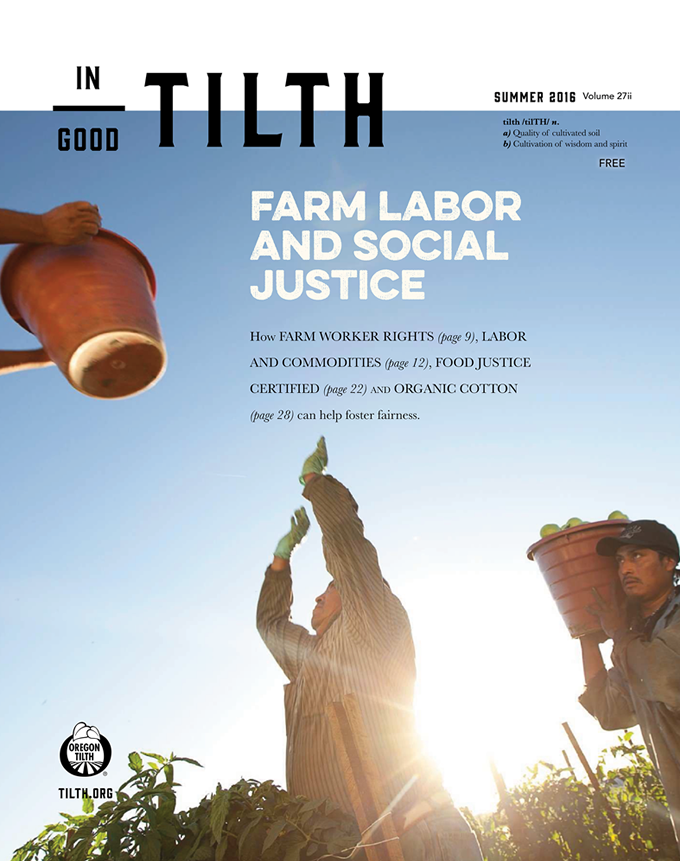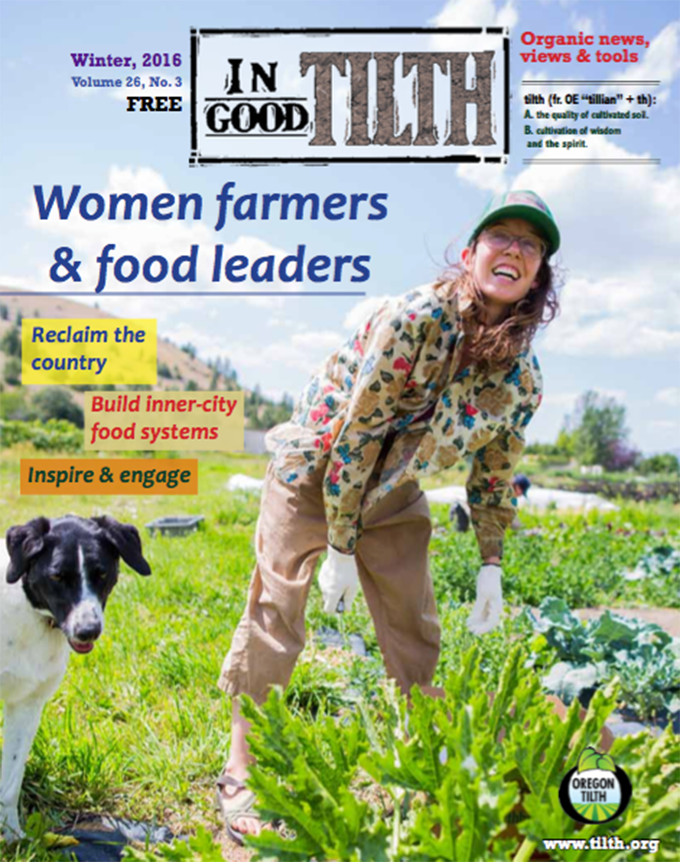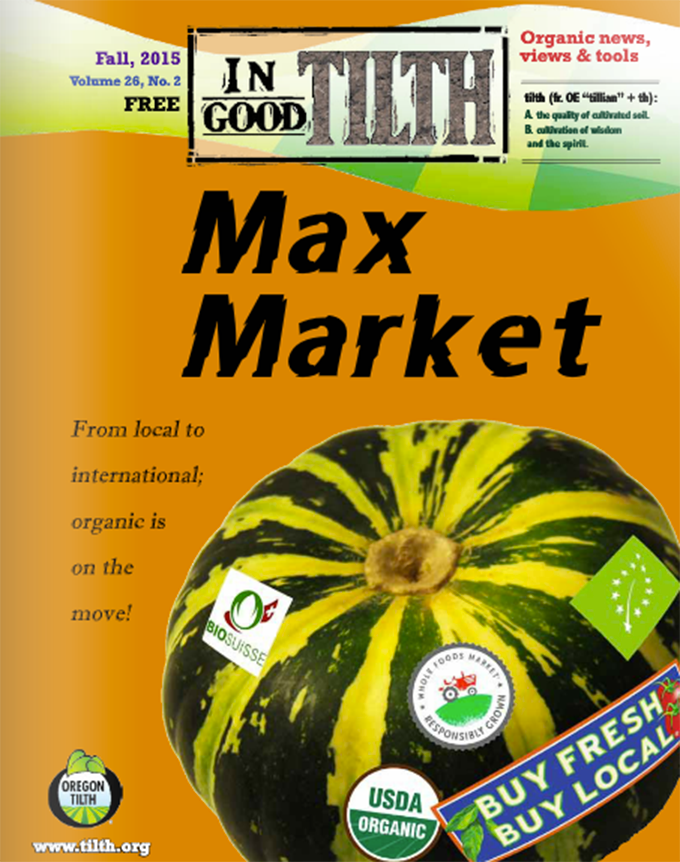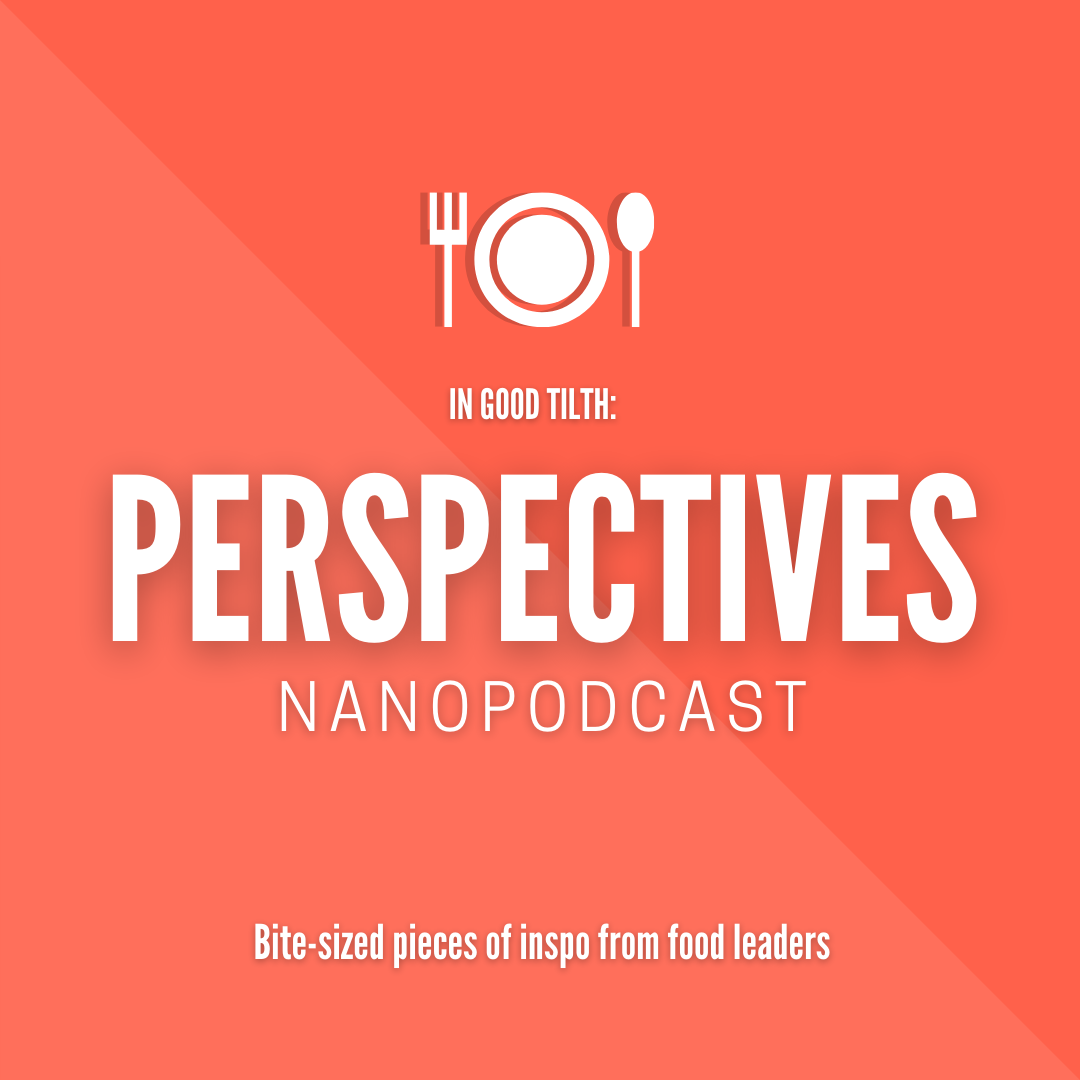In rural Iowa, George and Patti Naylor are a rarity — organic farmers in a landscape dominated by corn and soybeans.
George Naylor, a strong voice against GMOs and a former Sierra Club member, has been growing non-GMO corn and soybeans on his family farm in Churdan since 1976. But five years ago, he and his wife, Patti, transitioned 90 of their 420 acres to organic. They harvested their first crop of organic soybeans last year and planted organic corn and soybeans this season.
Data from the U.S. Department of Agriculture shows a 42 percent increase in organic farms from 2008 to 2015 in Iowa. Still, the roughly 670 certified organic farms as of 2015 represent less than one percent of all the farms in the state.
“Growing organic is an entirely different business model,” said Patti Naylor. “Corn and soybean farmers are working in a system that encourages them to have the greatest yield they can get from their land. Prices for crops are very low, so farmers have to produce as much as they possibly can to make the money they need for next year. With organic, farmers have to learn an entirely new system of inputs and outputs.”
Corn and soybean farms need big yields to make money in a heavily subsidized system. The majority of research, technology, machinery and markets is geared toward this approach. When farmers transition to organic, they are often left to figure out how to get started and generate income on their own.
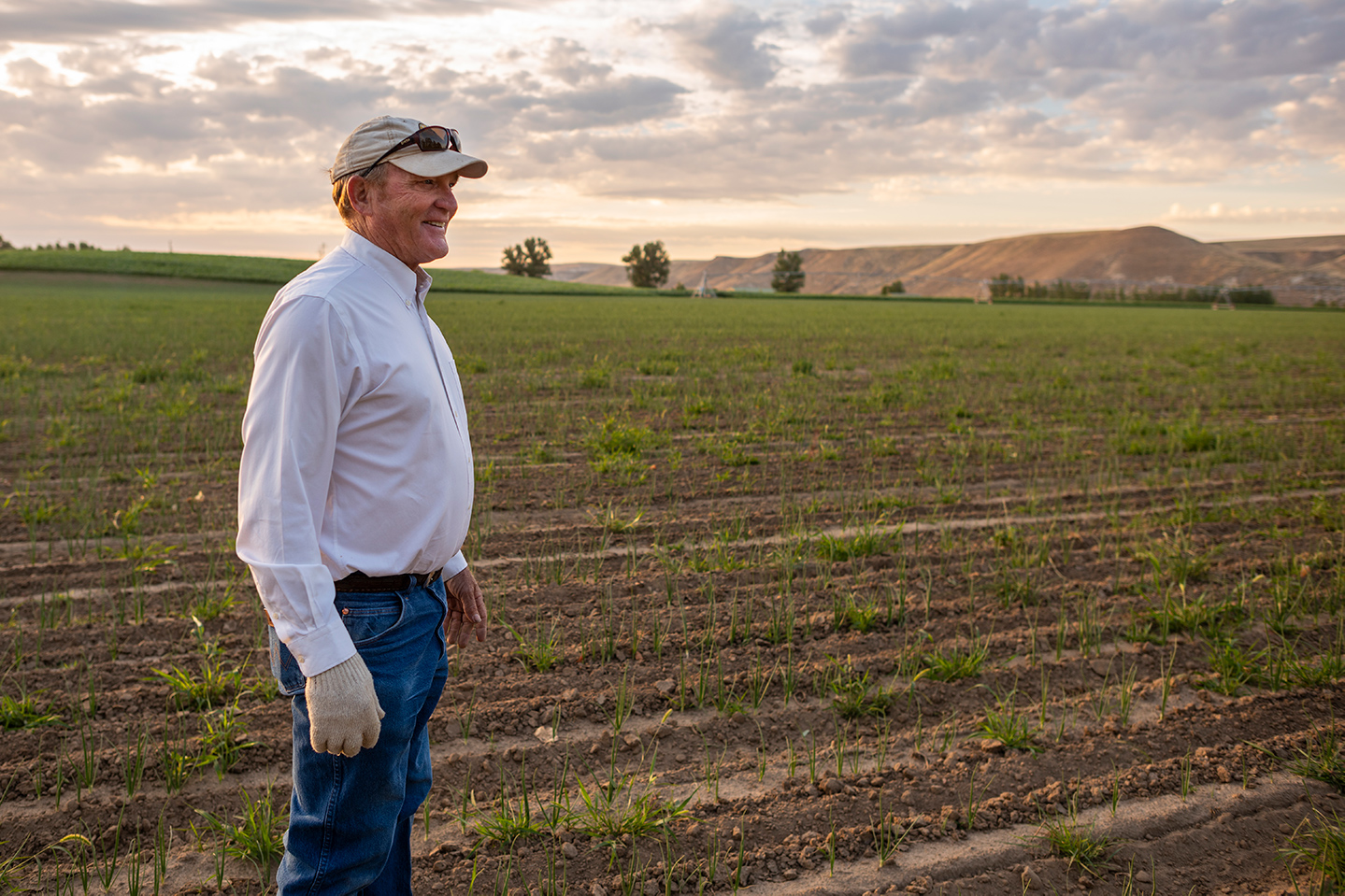
Now, farmer-to-farmer mentorship and support networks are helping make the daunting process more manageable.
Nate Jones, owner of King’s Crown Organic Farm in Glenns Ferry, Idaho, started farming organically in 1987 to expand into a niche garlic market. He called a fellow farmer, Rick, who grew garlic about 50 miles away. Rick agreed to help him only if Jones agreed to grow organically. So he began the process of converting four of his 123 acres to organic garlic and dry beans.
While the organic garlic never worked out, it taught Jones two valuable lessons: one, to make sure there’s a market before planting a new crop, and two, the importance of having a mentor.
The next season, Jones was curious to see if he could also grow onions and potatoes organically. He encountered a steep learning curve.
“In the beginning, I would call Rick practically every day,” said Jones. “I would have dreams of weeds growing three feet tall overnight. A lot of the time, he would have a specific answer about which organic products to use and not to use. But more importantly, he gave me reassurance and taught me to follow my instincts as I was learning the timing and rhythm of growing in a new way.”
By 1990, Jones was comfortable enough with organic practices to help get the certification program in the state of Idaho up and running. His organic operation has since grown to 680 acres and includes dry beans, alfalfa, grain corn for organic dairies, potatoes and onions.
Early in his career in organics, Jones attended a number of regional conferences to make connections and learn from other farmers. Over the years, he got more comfortable with crop rotation and natural weed suppression methods, and he now prefers to build direct connections in his local community with people he knows and trusts. While he’s not currently involved with any formal mentorship networks, he is happy to talk to farmers who call with questions about making the transition to organic.
“There’s a young farmer close to my friend’s farm who seems sincere and dedicated,” said Jones. “We’ve both helped him out. It’s kind of a sense of duty as an organic farmer.”
Commodity farmers like Jones are often enticed to transition to organic in pursuit of better profits and new markets.
In recent years, prices for conventional corn and soy have been on a steep decline while the organic marketplace continues to boom. As of 2017, organic corn in Iowa sold for $9 per bushel and organic soybeans sold for $19, while conventional corn sold for an average of $3 per bushel and soybeans for an average of $9.
Despite the promise of strong profits, the high costs of transforming conventional land and purchasing new equipment can be a nonstarter for many farmers.
Harn Soper founded Sustainable Farm Partners (SFP) with these challenges in mind. As past president of Soper Farms Inc., he helped transition the 900-acre family farm in northwest Iowa to organic row crops. Soper used his experience to develop the basis for SFP, an educational and financial model for supporting farmers who want to transition to organic.
SFP offers a digital forum for its members to connect and share resources, and the organization provides funds to transition conventional farmland in Iowa to organic. Through crop share agreements with its operators, it provides an intermediary platform for farmers to learn to grow organically without the initial financial risks. After 10 years under the crop share agreement, SFP’s goal is to get farmland directly into the hands of operators.
The reduced monetary risk paired with a network of support can be the tipping point for many farmers nervous about the challenges inherent in transitioning to organic.
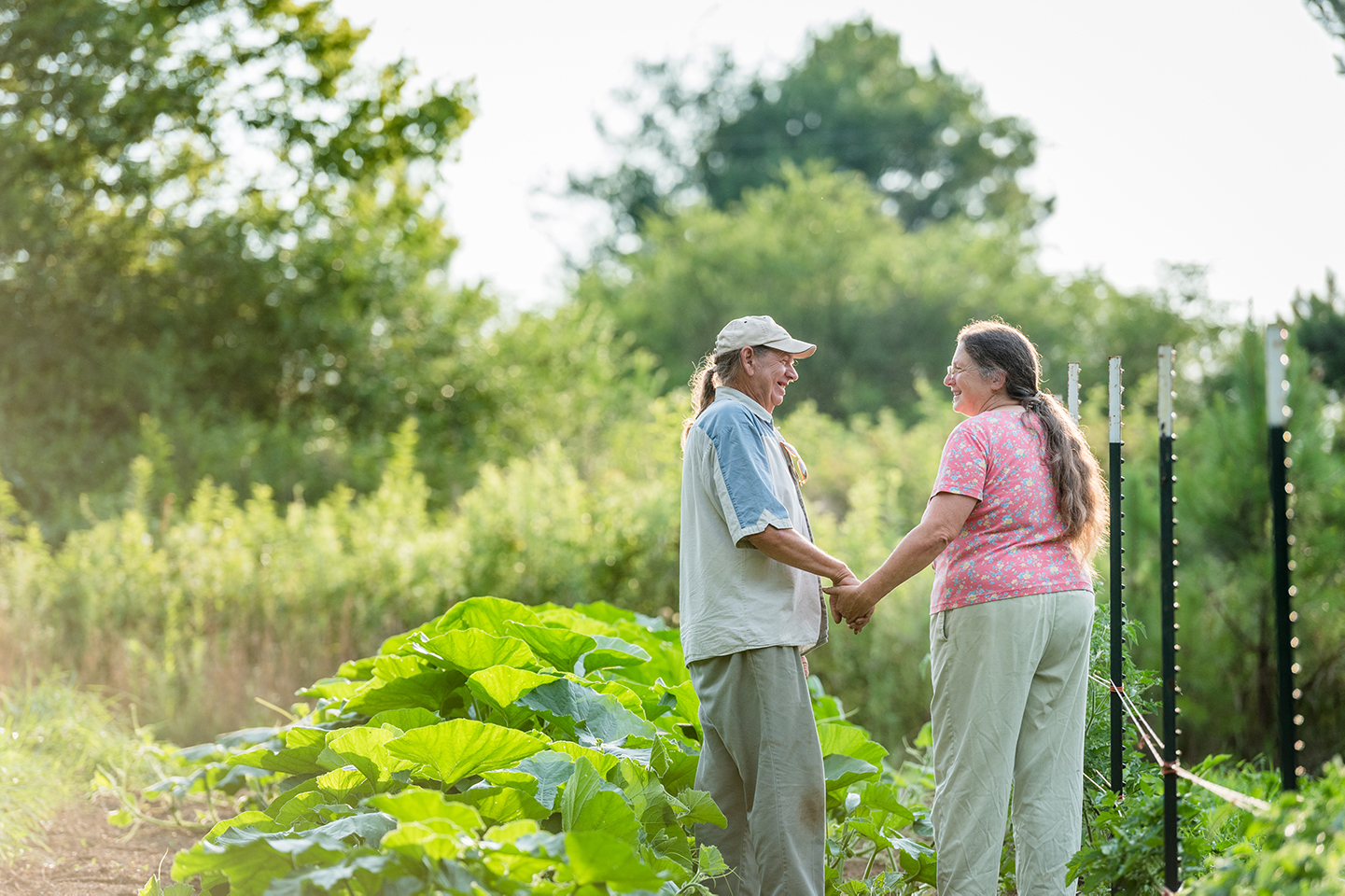
In the South, we see a different landscape, where organic vegetable farmers are located several hours away from the nearest farmers markets and from each other. There is a great need for structured support networks providing education and experiential learning on how to run a profitable organic farm business.
Dove and Russell Stackhouse got back into farming in 2000 after leaving their struggling family farms as young adults to work in other industries. They spent the first 10 years working as farm managers for a family with 260 acres. At that time, there were only three certified organic farms in Alabama and no established markets for local food. They started their own 15-acre Whirlwind Farm in northeastern Alabama following a community-supported agriculture (CSA) model on the advice of two women farmers who paved the way for the state’s organic food movement.
“The biggest thing that our mentors Jean Mills and Carol Eichelberger gave us was a whole lot of moral support,” said Dove Stackhouse. “They are from Alabama, and when they started farming 10 to 15 years prior to us, they were two lesbians that went door to door to get CSA customers. That’s bravery. It made us think that if they could create a thriving CSA in rural Alabama, we could, too.”
It was Stackhouse’s commitment to creating a healthier environment and healthier communities, paired with a small network of support, that inspired her to keep going in the early years. And when she couldn’t find the resources she needed locally, she worked to build support systems herself.
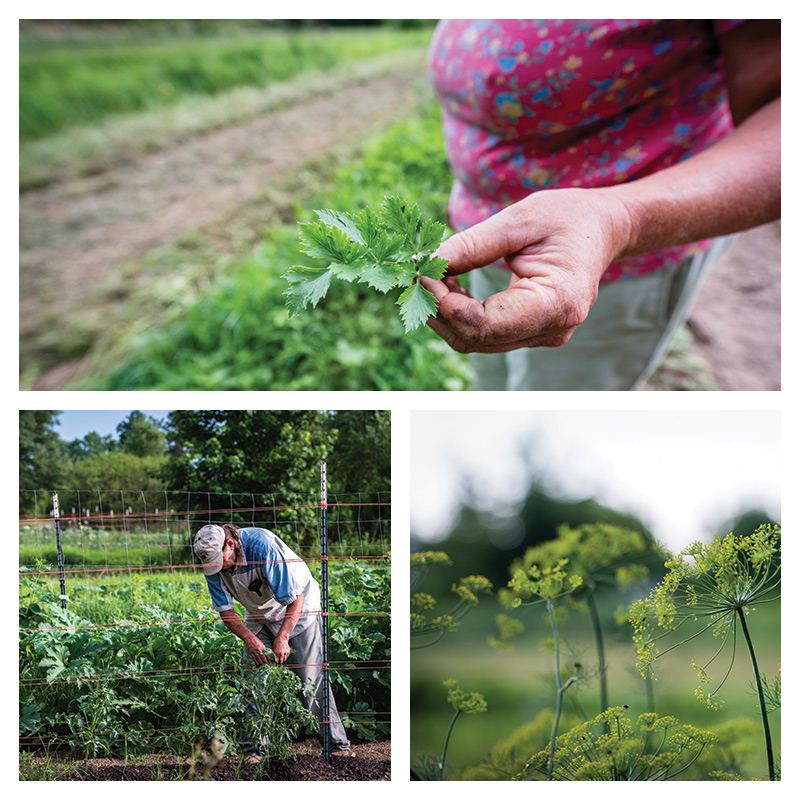
While attending the Southern Sustainable Agriculture Working Group‘s annual conference in 2001, she connected with a group of farmers who shared her desire to build a more robust network of support for sustainable farmers. Together, they founded the Alabama Sustainable Agriculture Network (ASAN). The grassroots network of farmers, consumers and agriculture organizations received support from Heifer International. Heifer provided a tested model for how to set up a small farm, including methods for gifting something of value — machinery, seeds or even livestock — to help get new farmers up and running.
“ASAN was born from our desire to put the business of farming back in the hands of farmers,” said Stackhouse. “We made it through the early years thanks to great mentors, and we wanted to provide some kind of guidance to others on how to navigate the system. We left our egos at the door and said, ‘How do we solve this problem?’ It was a labor of love on everybody’s part.”
In addition to providing tangible resources, ASAN offers workshops, peer-to-peer and hands-on learning during their farm days and an online community forum.
For Stackhouse, it all comes down to putting the power back in the hands of the farmer and working together as stewards of the land and healthier communities.
“In the conventional model, farmers have become workers in a system they are dependent on for the survival of their business,” said Stackhouse. “We’ve gotten away from the roots of farming as a relationship with nature. With a cooperative playing field, we can work together to create more sustainable communities.”




